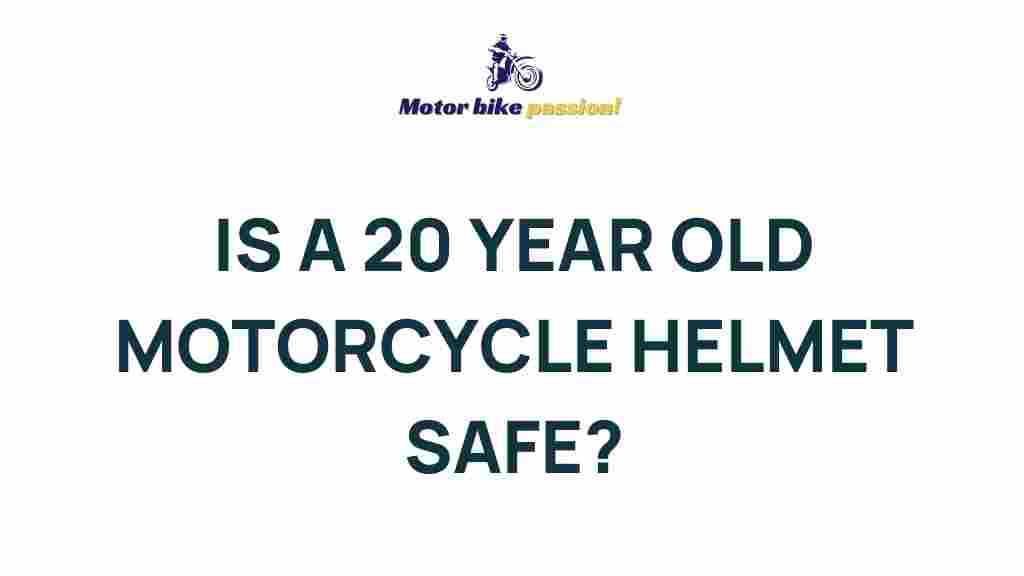Unveiling the Secrets of Motorcycle Helmet Safety
When it comes to motorcycle riding, safety should always be a top priority. One of the most crucial pieces of gear for any rider is the motorcycle helmet. Understanding the importance of motorcycle helmet safety, the standards they must meet, and their overall durability can significantly impact your protection on the road. In this article, we will explore the secrets of motorcycle helmet safety, helping you make informed decisions to ensure your head is well-protected during your rides.
The Importance of Motorcycle Helmets
A motorcycle helmet is not just an accessory; it is a vital piece of safety gear designed to protect your head in the event of an accident. Here are a few reasons why wearing a motorcycle helmet is essential:
- Impact Protection: Helmets are primarily designed to absorb impact and reduce the risk of head injuries.
- Visibility: Many helmets come with features that enhance visibility, such as reflective materials or bright colors.
- Weather Protection: Helmets protect against wind, rain, and sun, improving comfort during rides.
- Noise Reduction: A good helmet can help reduce wind noise, allowing for a more enjoyable ride.
Understanding Helmet Standards
To ensure maximum safety, motorcycle helmets are subject to various safety standards. These standards vary by region, but some of the most recognized include:
- DOT (Department of Transportation): In the United States, DOT certification indicates that a helmet has met specific safety requirements.
- ECE (Economic Commission for Europe): This standard is widely recognized in Europe and requires helmets to pass rigorous testing.
- Snell Memorial Foundation: Snell certification involves more stringent testing, ensuring helmets offer high levels of protection.
Always check for these certification labels when purchasing a motorcycle helmet to ensure you are getting a product that meets safety requirements.
Choosing the Right Motorcycle Helmet
Choosing the right motorcycle helmet involves considering various factors that contribute to safety, comfort, and durability. Here’s a step-by-step process to help you select the perfect helmet:
- Determine Your Helmet Type: There are several types of motorcycle helmets, including full-face, modular, open-face, and half helmets. Each offers different levels of protection and visibility.
- Choose the Right Size: Measure your head circumference and refer to the manufacturer’s sizing chart. A well-fitting helmet should be snug but not too tight.
- Check for Safety Certifications: As mentioned earlier, ensure the helmet meets DOT, ECE, or Snell standards.
- Consider Additional Features: Look for features such as ventilation, removable liners, and face shields that can enhance your comfort and safety.
- Try It On: Always try on the helmet before purchasing. Ensure it fits well and feels comfortable during a test fit.
By following these steps, you can choose a motorcycle helmet that provides the best protection for your head while ensuring comfort during your rides.
Helmet Maintenance for Longevity and Safety
Maintaining your motorcycle helmet is crucial to ensure its durability and safety. Here are some tips to help you care for your helmet:
- Regular Cleaning: Clean the exterior and interior of the helmet regularly with mild soap and water. Avoid using harsh chemicals that can damage the materials.
- Inspect for Damage: After every ride, check your helmet for any signs of damage, such as cracks or dents. If you find any, replace the helmet immediately.
- Store Properly: When not in use, store your helmet in a cool, dry place away from direct sunlight to prevent degradation of materials.
- Replace When Needed: Even if your helmet appears undamaged, it should be replaced every five years or after a significant impact.
Proper maintenance will enhance the life of your helmet and ensure it continues to provide the necessary protection.
Common Issues and Troubleshooting Tips
Even with proper care, you may encounter issues with your motorcycle helmet. Here are some common problems and troubleshooting tips:
- Fit Issues: If your helmet feels loose or uncomfortable, consider using thicker padding or a new liner. Always ensure it fits snugly.
- Visor Problems: If the visor is scratched or foggy, replace it with a new one. Many helmets offer anti-fog visors for better visibility.
- Odor: Persistent odor can be resolved by washing the removable liner and padding according to the manufacturer’s instructions.
- Squeaky Straps: If the chin straps are squeaking, applying a small amount of silicone spray can help reduce noise.
Addressing these issues promptly will help maintain the integrity of your motorcycle helmet and ensure your safety on the road.
Conclusion: Prioritizing Motorcycle Helmet Safety
In conclusion, understanding the secrets of motorcycle helmet safety is essential for any rider. Prioritizing protection through proper gear selection, adhering to safety standards, and maintaining your helmet can significantly reduce the risk of head injuries in the event of an accident. Remember, your head is one of the most vulnerable parts of your body while riding, so investing in a high-quality motorcycle helmet is not just wise; it’s necessary. For more information about motorcycle safety gear, you can visit this resource.
Stay safe, ride smart, and always wear your motorcycle helmet!
This article is in the category Safe Driving and created by MotorBikePassion Team
